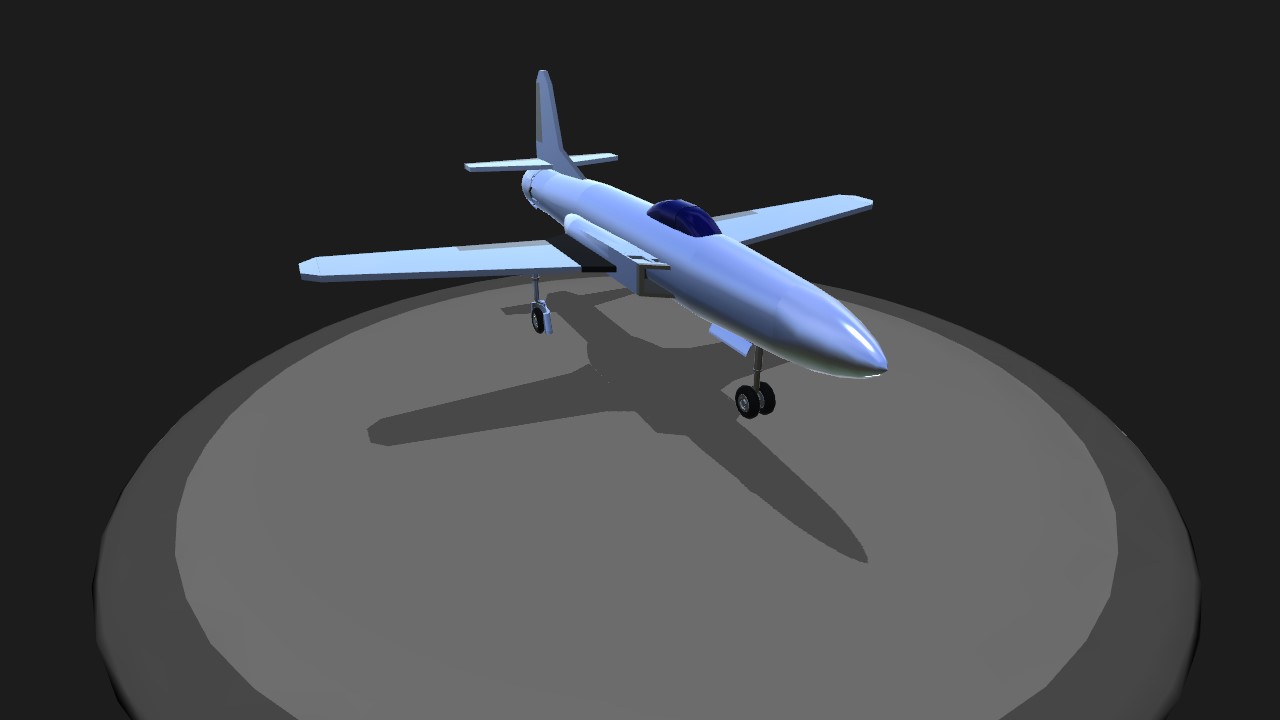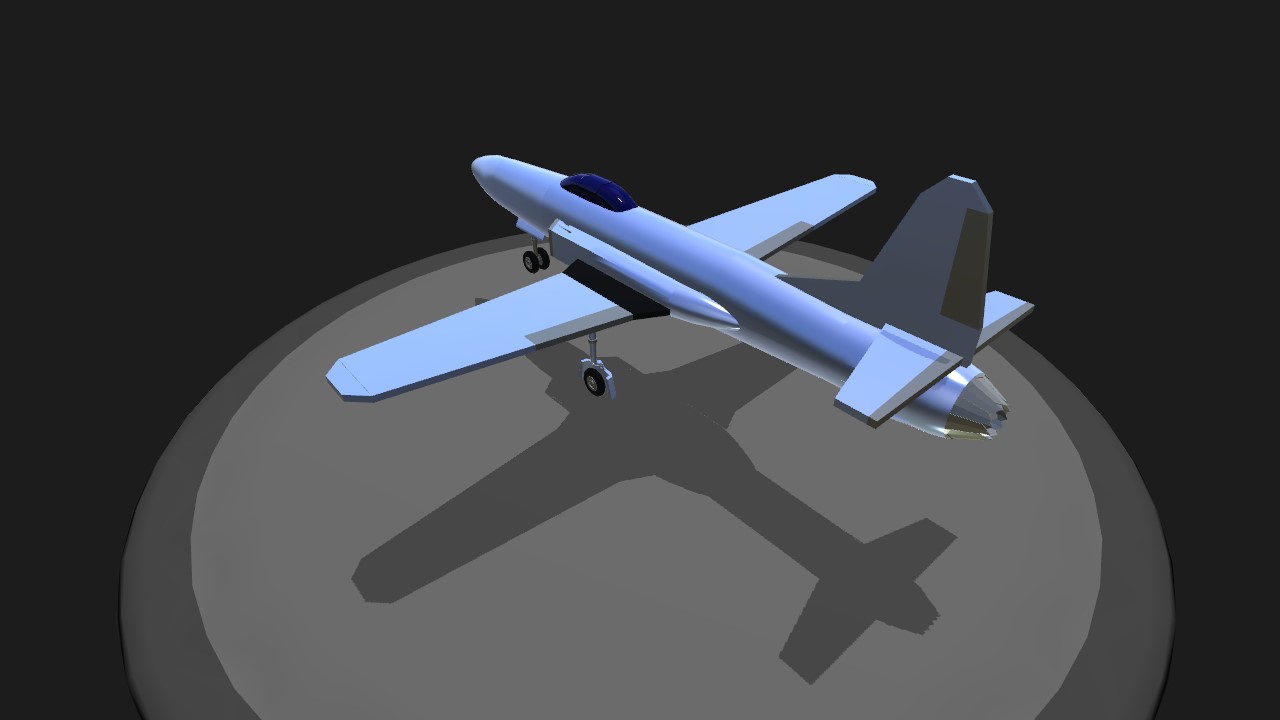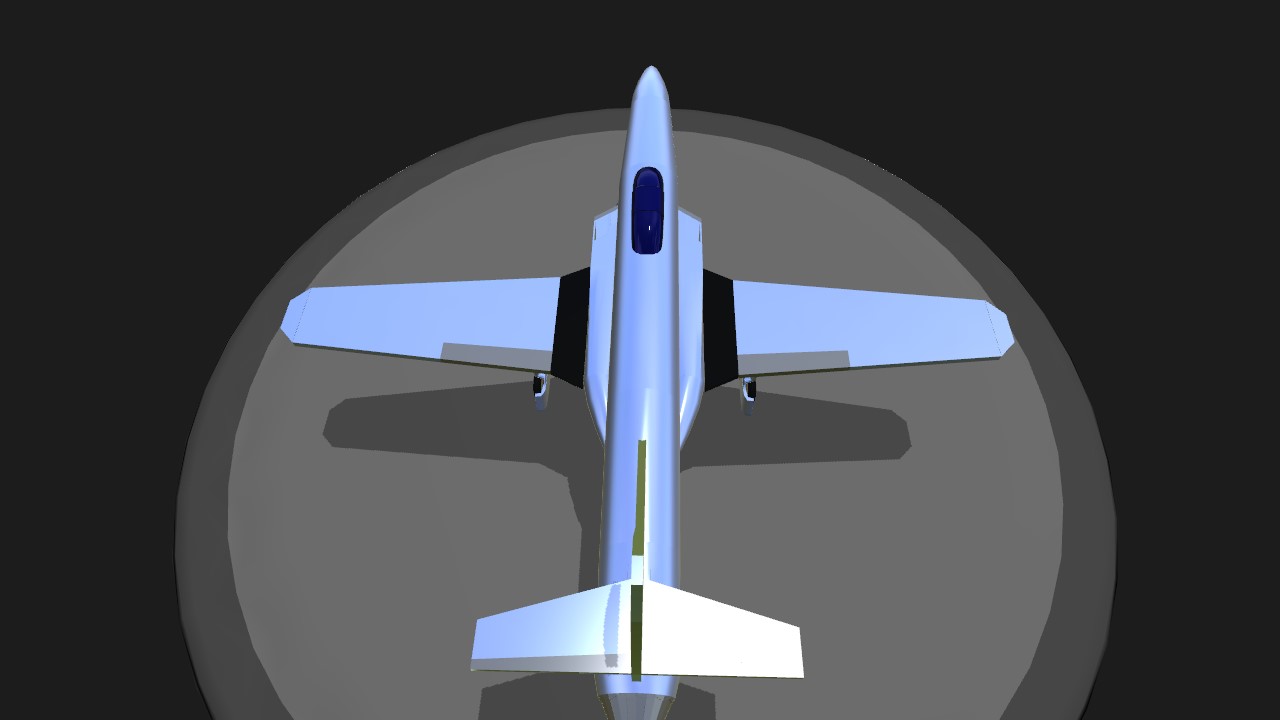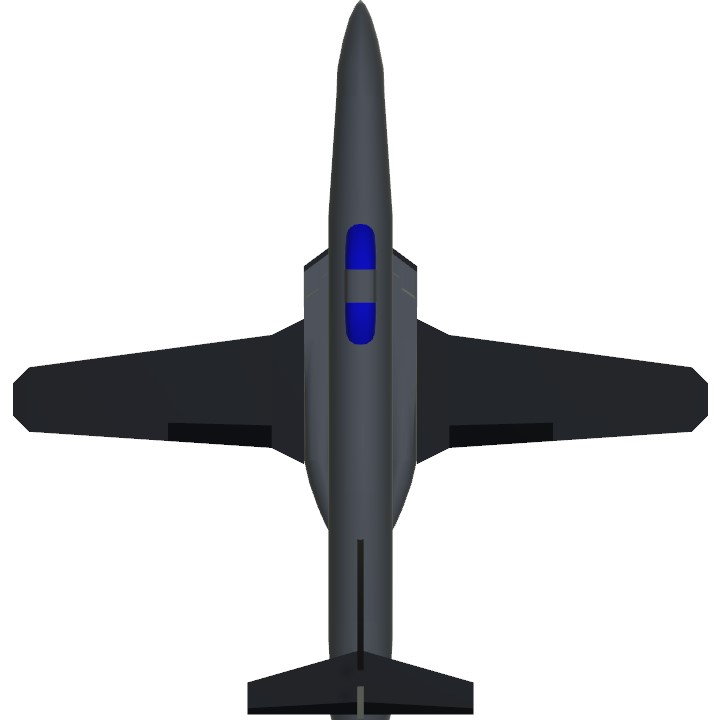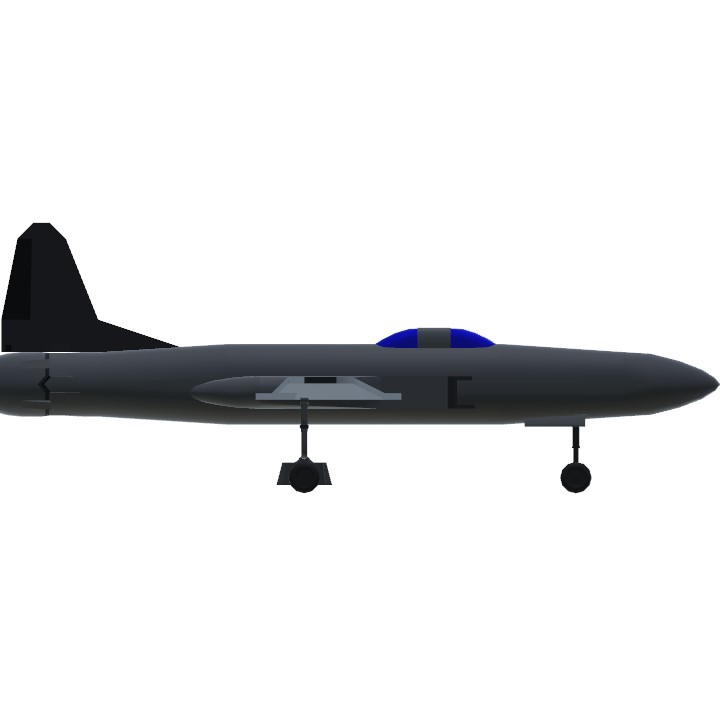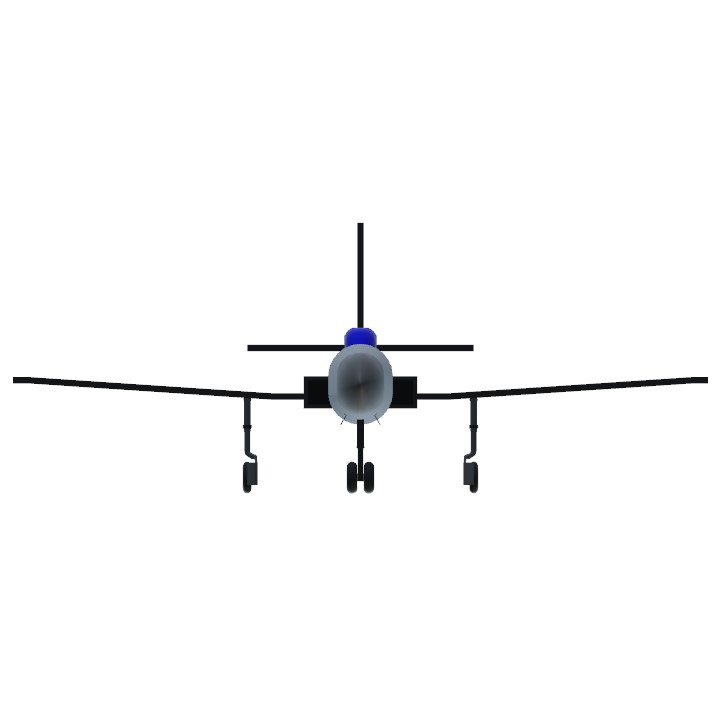The F-94C Starfire was extensively modified from the early F-94 variants. In fact, it was initially designated F-97, but it was ultimately decided to treat it as a new version of the F-94. USAF interest was lukewarm, so Lockheed funded development themselves, converting two F-94B airframes to YF-94C prototypes for evaluation. To improve performance, a completely new, much thinner wing was designed, along with a swept tail surface. The J33 engine was replaced with a more powerful Pratt & Whitney J48, a license-built version of the afterburning Rolls-Royce Tay, which dramatically increased power, producing a dry thrust of 6,350 pounds-force (28.2 kN) and approximately 8,750 pounds-force (38.9 kN) with afterburning.[3] The fire control system was upgraded to the new Hughes E-5 with an AN/APG-40 radar in a much larger nose. The guns were removed and replaced with all-rocket armament consisting of four groups of six rockets in a ring around the nose. The rockets were carried in four panels that could be hinged upwards and outwards for ground reloading. In flight these rockets were normally hidden aft of four fold-in doors that folded inwards for combat. From Wikipedia
Specifications
General Characteristics
- Predecessor F-94B Starfire
- Created On Windows
- Wingspan 35.0ft (10.7m)
- Length 36.5ft (11.1m)
- Height 13.6ft (4.2m)
- Empty Weight 6,459lbs (2,930kg)
- Loaded Weight 19,060lbs (8,645kg)
Performance
- Power/Weight Ratio 1.768
- Wing Loading 98.4lbs/ft2 (480.5kg/m2)
- Wing Area 193.7ft2 (18.0m2)
- Drag Points 2359
Parts
- Number of Parts 32
- Control Surfaces 5
- Performance Cost 249

